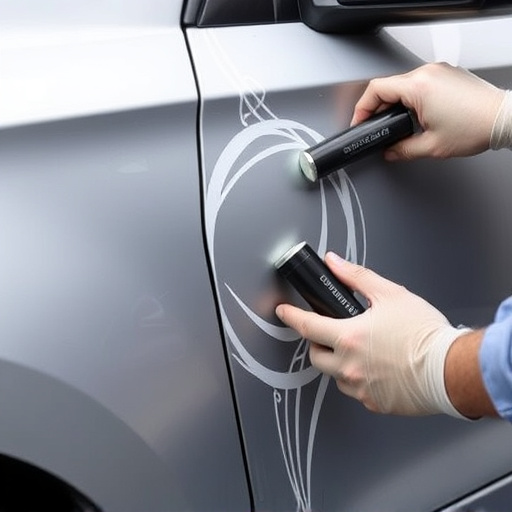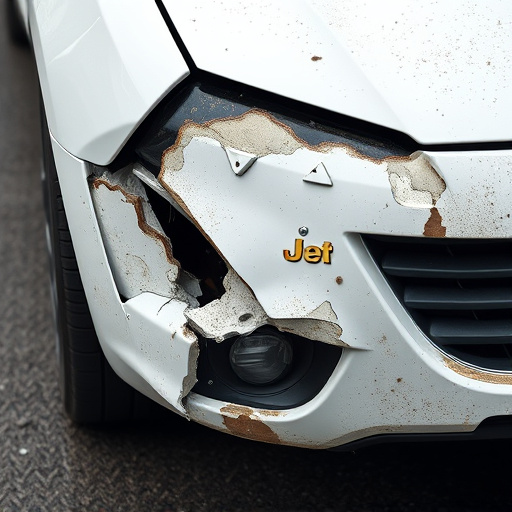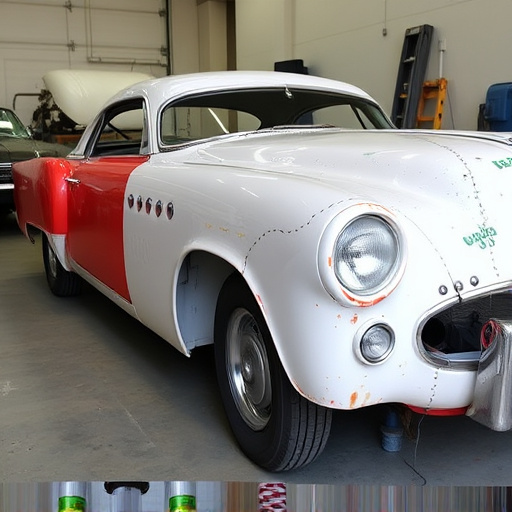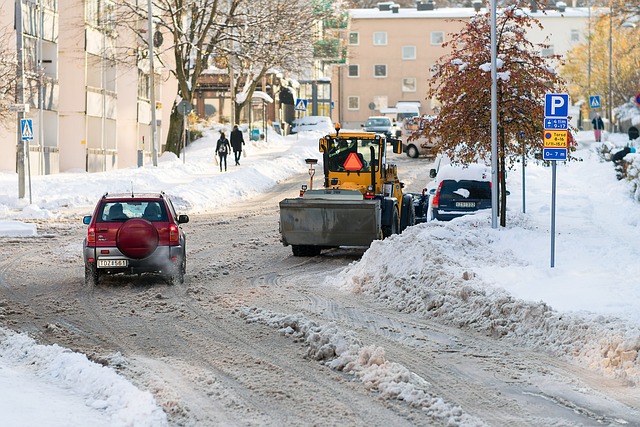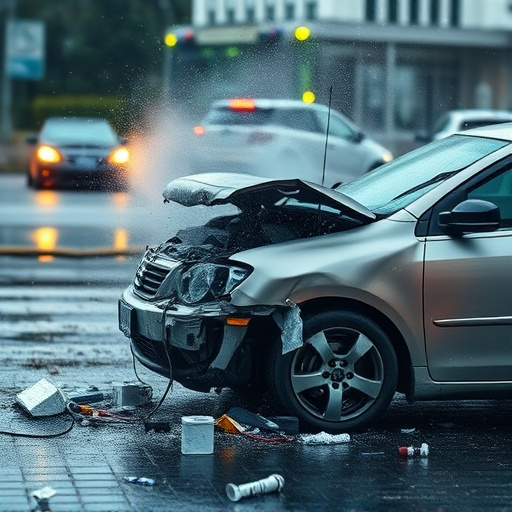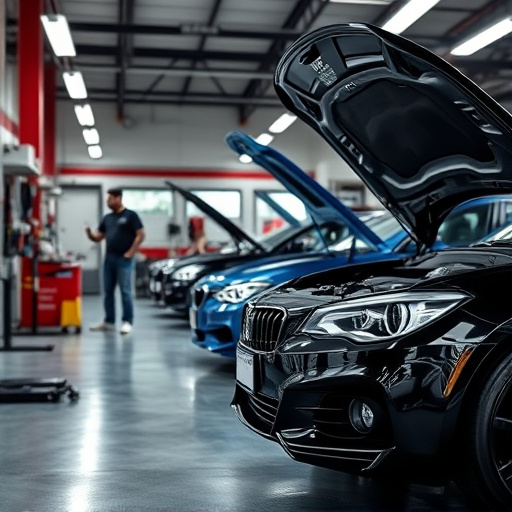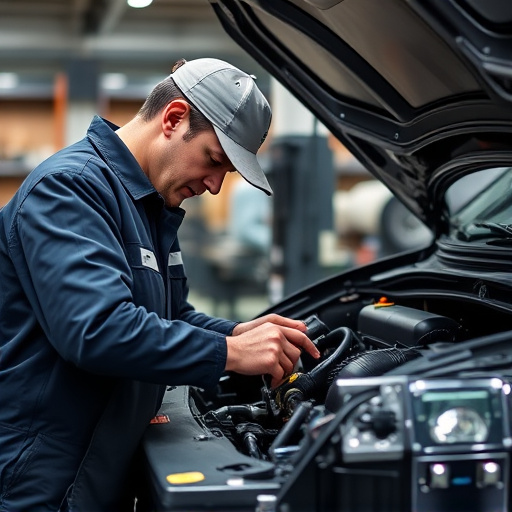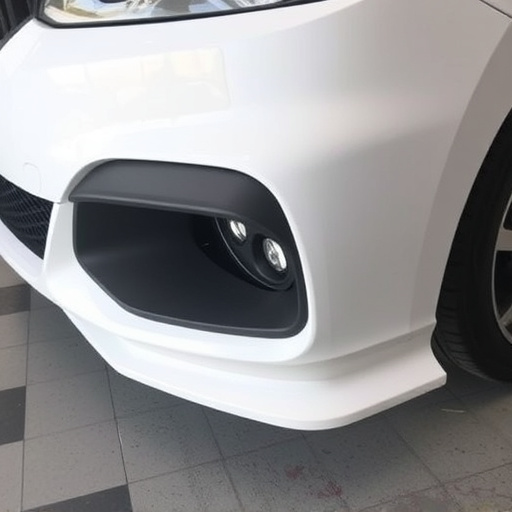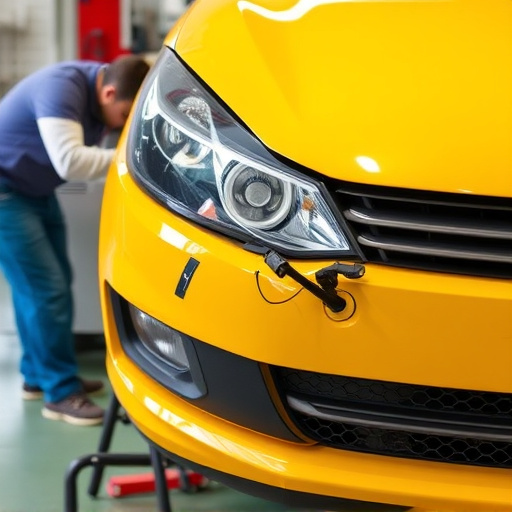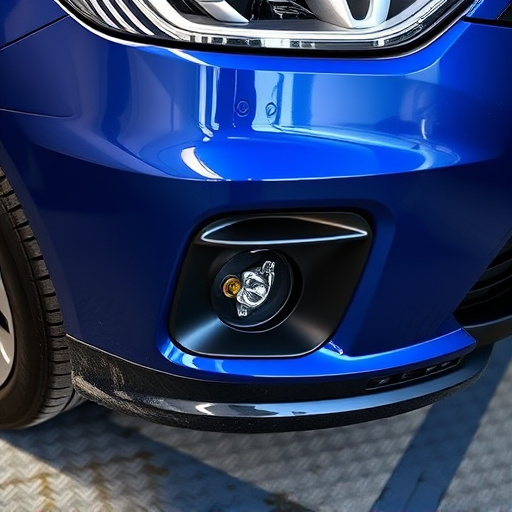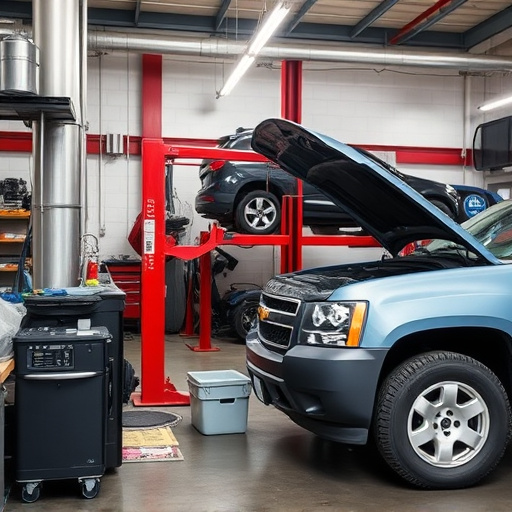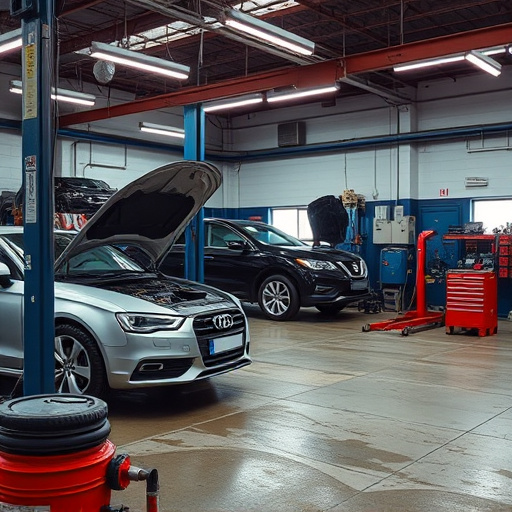Plasma cutting in collision centers requires stringent safety measures due to intense heat, gases, and debris. Essential protective equipment includes specialized gear, while enclosed workstations and ventilation systems further safeguard workers from burns, eye damage, and metal fumes inhalation. Regular maintenance and gear replacement are vital, fostering a culture of safety that enhances efficiency in plasma cutting collision repair services.
In the high-stakes environment of collision centers, plasma cutting offers precise metal fabrication but also poses significant safety risks. This article delves into the essential safety gear required to protect workers engaged in plasma cutting operations. We explore best practices for ensuring a secure workspace, from protective clothing to specialized equipment, safeguarding professionals while harnessing the power of this advanced technology in collision centers.
- Essential Safety Gear for Plasma Cutting
- Protecting Collision Center Workers
- Ensuring Safe Plasma Cutting Practices
Essential Safety Gear for Plasma Cutting
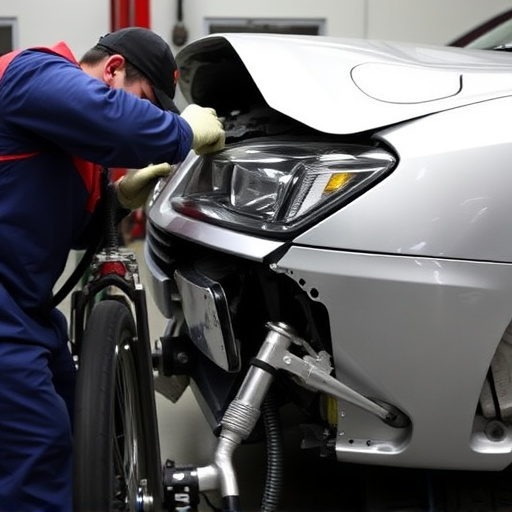
When it comes to plasma cutting in collision centers, ensuring safety is paramount. The process involves high-intensity heat and fast-moving parts, making proper protective equipment (PPE) crucial for operators. Essential gear includes a personal protective equipment (PPE) kit tailored for plasma cutting, which typically comprises a heavy-duty jacket designed to resist sparks and splashes, along with insulated gloves that protect against electrical hazards.
For the face and eyes, a full-face shield is non-negotiable, safeguarding against flying debris and arc flash. In addition, hearing protection is vital due to the noise levels associated with plasma cutting. Some collision centers also mandate respirators for operators, especially when working with materials that may release hazardous fumes during the cutting process. This comprehensive approach ensures that workers in auto body shops engaging in hail damage repair or providing tire services are protected against potential risks inherent in plasma cutting operations.
Protecting Collision Center Workers

In the fast-paced environment of collision centers where precision and efficiency are paramount, plasma cutting has emerged as a game-changer in car body repair, dent removal, and frame straightening. However, along with its advantages comes an increased risk to workers due to the intense heat, high-pressure gases, and flying debris associated with the process. Protecting collision center workers is not just a moral obligation but also a legal requirement to ensure safety and productivity.
To safeguard personnel, collision centers must enforce stringent safety protocols when employing plasma cutting techniques. This includes providing specialized protective gear such as heat-resistant gloves, eye protection, and respirators designed to filter out metal fumes. Additionally, ensuring proper ventilation and using enclosed work stations or screens can significantly mitigate the risks of burns, eye damage, and inhalation of harmful substances. Such proactive measures not only protect workers but also enable them to perform their tasks with confidence and accuracy, thereby enhancing the overall quality of car body repair and frame straightening services offered by collision centers.
Ensuring Safe Plasma Cutting Practices
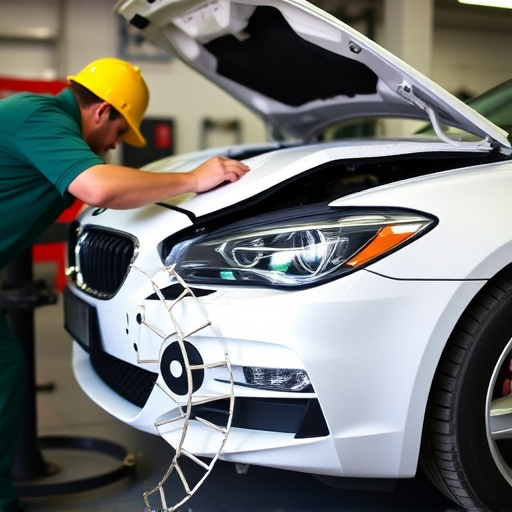
In the realm of plasma cutting within collision centers, prioritizing safety is paramount. To ensure optimal protection for both personnel and the integrity of auto body services, adherence to strict safety protocols is essential. Collision repair professionals should be well-versed in the proper use of protective gear, including specialized clothing, eye wear, and respirators designed to shield against metal debris and harmful gases generated during plasma cutting operations.
Implementing robust safety measures involves more than just individual precautions; it encompasses comprehensive training programs for all staff involved in plasma cutting collision repair. Regular maintenance of equipment and immediate replacement of worn or damaged safety gear are crucial elements in maintaining a safe working environment. By integrating these meticulous practices, collision repair centers can foster a culture of safety, minimizing risks and enhancing the overall efficiency of their auto body services.
When it comes to plasma cutting in collision centers, prioritizing safety is non-negotiable. By equipping workers with the essential safety gear and adhering to best practices, collision center professionals can mitigate risks effectively. From specialized protective clothing to robust ventilation systems, each component plays a vital role in creating a safe workspace. Remember, proper training and regular assessments are key to maintaining a thriving environment where plasma cutting operations can flourish without compromising well-being.
